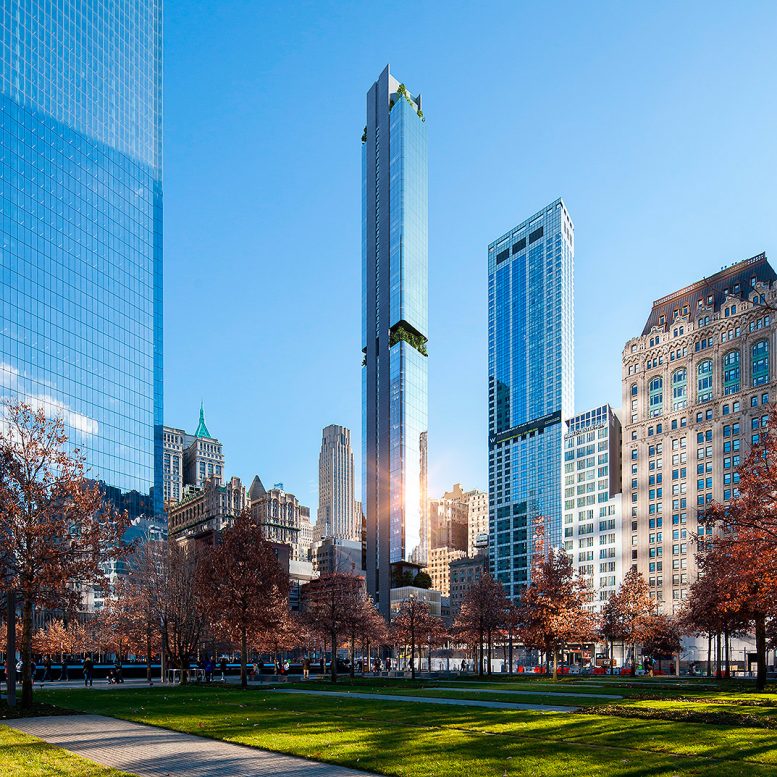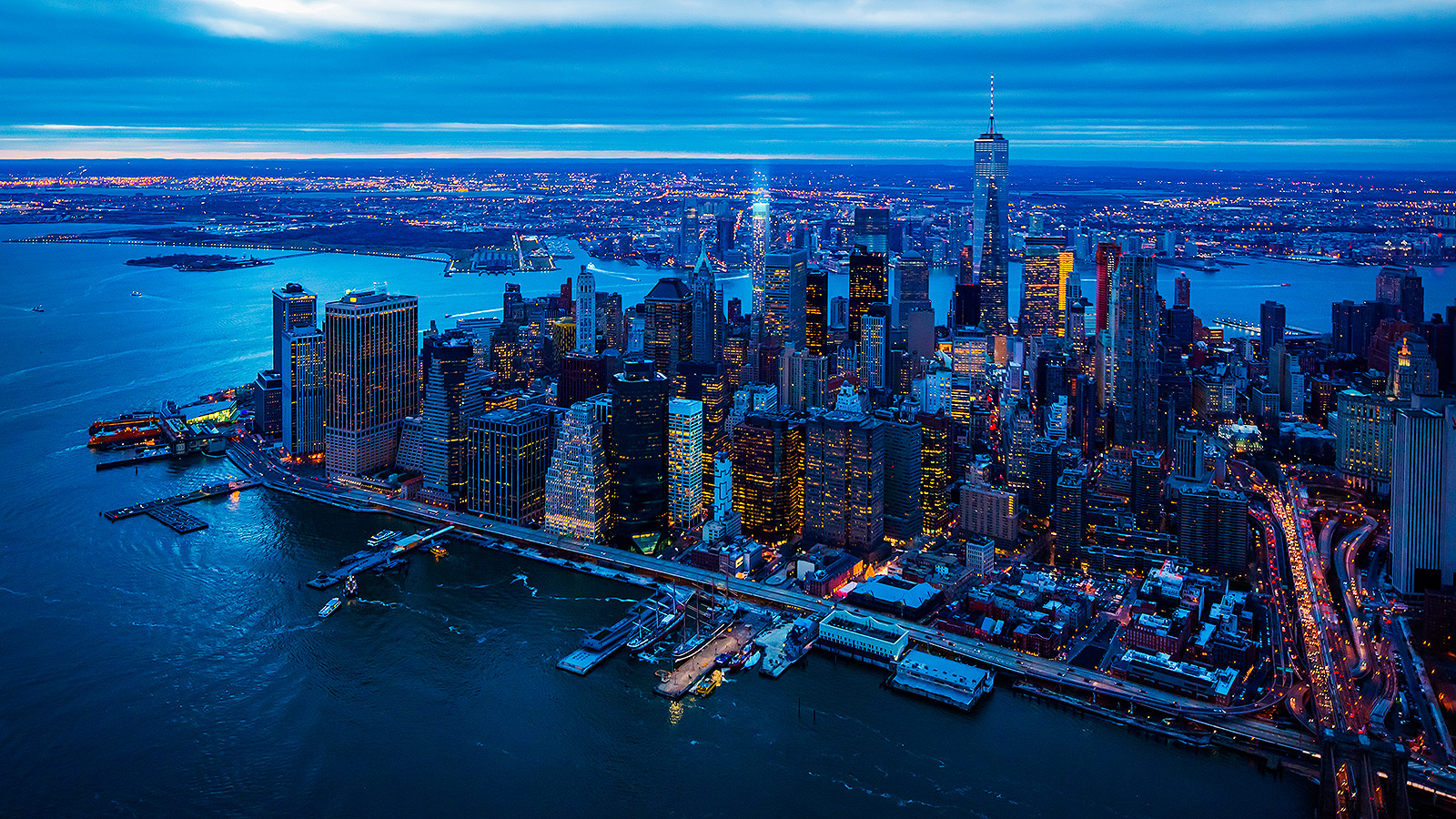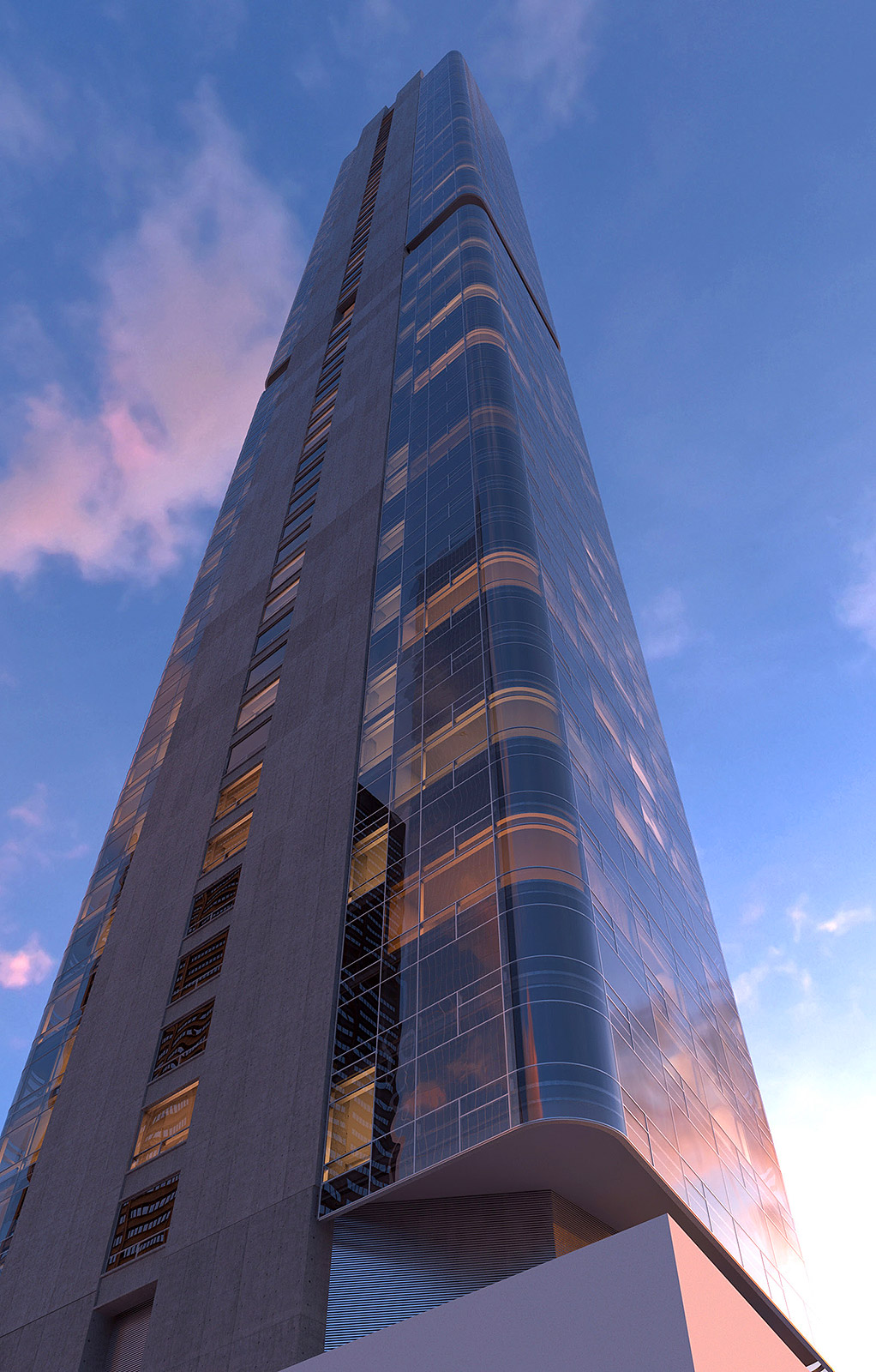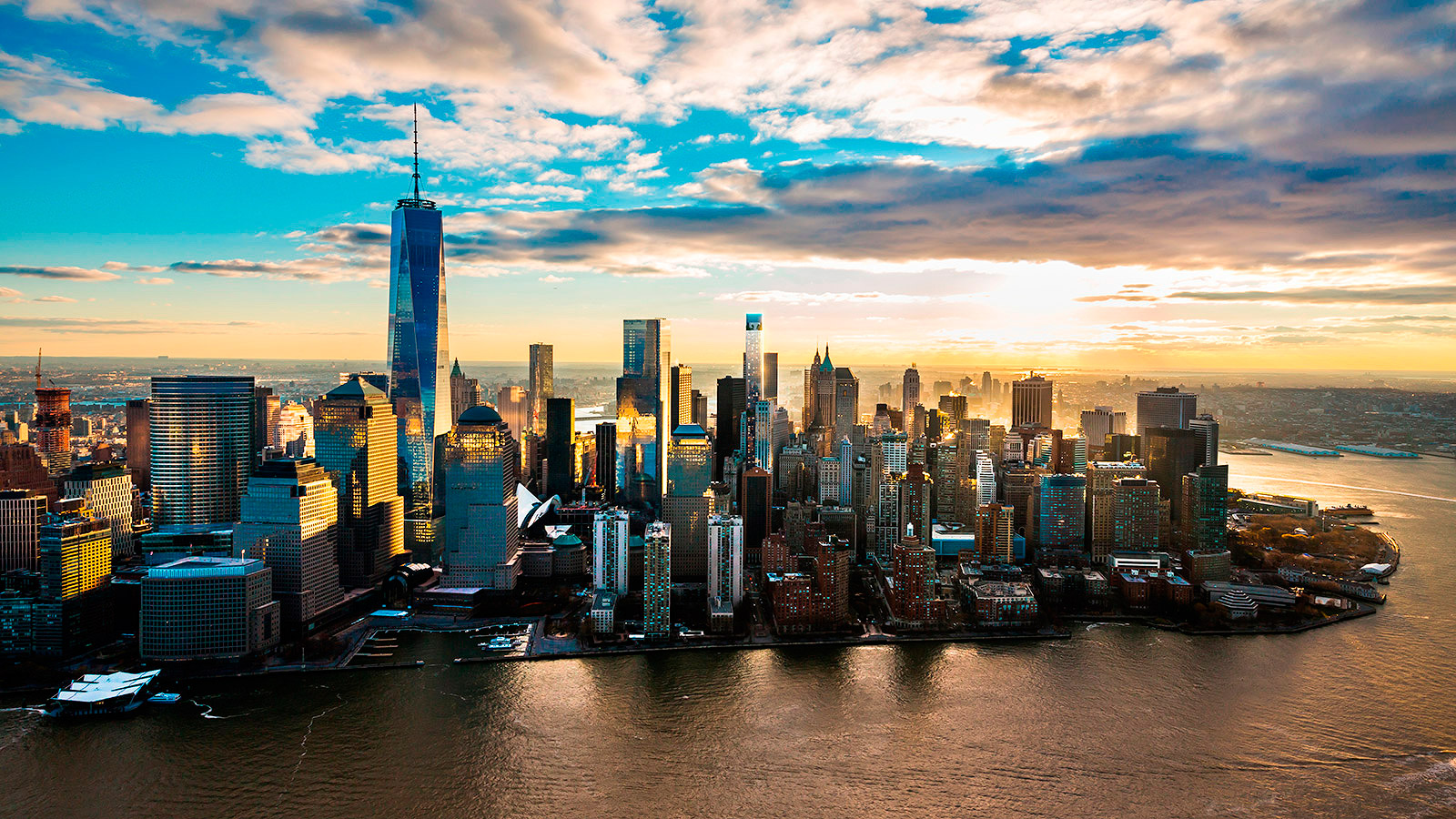A snapshot of some of the quiet investors bankrolling NYC deals
August 01, 2016
By E.B. Solomont

Eyal Ofer
New York City real estate has had silent investors for as long as developers have been buying and selling property. But as the world economy grows more uncertain and lenders pull back, that quiet money is playing a bigger role in clinching deals here. And, in some cases, it’s getting louder as once-hushed players take on more visible roles. Below is a look at some of the notable private investors bankrolling real estate activity in NYC.
Eyal Ofer/Global Holdings
Estimated net worth: $8.9 billion
Fortune made in: Shipping
Eyal Ofer’s firm Global Holdings has a stake in $2.3 billion worth of New York City real estate, according to Real Capital Analytics. Patriarch Sammy Ofer, who was once Israel’s richest man and died in 2011, made a fortune in shipping in the 1950s, ‘60s and ‘70s. Then, in the 1980s, his son Eyal began leveraging that fortune and investing in New York real estate. The company is best known as a longtime (and quiet) backer of Zeckendorf Development, with stakes in a number of the company’s projects, including its marquee condo 15 Central Park West and its more recent and upcoming towers. But Global Holdings has recently taken on a more visible role, partnering with Rudin Management at Greenwich Lane. After under-the-radar office investments such as 875 Third Avenue, acquired in 2013 with partner Miller Global Properties, Global Holdings bought out Miller for $100 million in 2014 to become the building’s sole owner. In another solo deal earlier this year, Global Holdings picked up 1250 Broadway for $565 million. Ofer, 66, was born in Israel, but currently lives in Monaco. In addition to owning a stake in Royal Caribbean Cruise Lines, Ofer is an avid collector of contemporary art, and his family donated $13 million to the Tate Modern in 2013.
Beny Steinmetz/BSG Capital
Estimated net worth: $1.28 billion
Fortune made in: Diamonds, mining
Born and raised in Israel, billionaire Beny Steinmetz is about as taciturn a real estate investor as they come. While there’s scant evidence of his holdings in New York, he’s a known backer of Ziel Feldman’s HFZ Capital. The now-60-year-old was born into a diamond trading family and in 1978 moved to Belgium, where he learned the trade. Today he considers himself a citizen of the world — flying on his private jetbetween Tel Aviv, where his family lives; London, where his mining company BSG Resources is headquartered; and Geneva, where Steinmetz maintains a legal residence. (He also has a French passport.) BSGR has a strong — albeit controversial — presence in Africa, where Steinmetz landed lucrative mining contracts in Guinea in 2008 that have been the subject of corruption and bribery probes. In 2014, Steinmetz reportedly sold his stake in Geneva-based Steinmetz Diamond Group to his brother for an undisclosed sum. Layers of corporations shield the true extent of Steinmertz’s holdings, including his stake in BSGR, which is controlled by a trust of which he’s a beneficiary. “I don’t really care what everyone thinks,” he told the Israeli newspaper Yediot Aharonot in 2013, referring to his reluctance to give interviews or even appear at industry events. “I think I’m balanced. Some people might say I’m cold-hearted.”

Morad Ghadamian
Morad Ghadamian/Marjan International Corp.
Estimated net worth: Unknown
Fortune made in: Carpet imports
Ghadamian, 66, was born in Iran and lives in Manhattan in a $27.5 million co-op at 810 Fifth Avenue. He’s a frequent backer of developer Joe Moinian, a fellow Persian Jew whom Ghadamian counts among his “best friends.” After gamely taking a side role to Moinian when it came to real estate investment, Ghadamian has recently become slightly less obscure. Earlier this year, he acquired a 50 percent stake in Central Park South’s Hilton Garden Inn from Starwood Capital Group, which co-developed the hotel with Moinian. Ghadamian’s son, Daniel, is a principal at Capstone Equities, which is overhauling a former Playboy Club at 5 East 59th Street in Midtown.
Abraham Fruchthandler/FBE Limited
Estimated net worth: Unknown
Fortune made in: Stock market, real estate
A frequent backer and partner of prolific Brooklyn landlord Ruby Schron, Fruchthandler reportedly has a stake in (and helps manage) 25 million square feet of real estate nationally, including 4,000 residential units. An Orthodox Jew like Schron, Fruchthandler’s profile is low and appears to be staying that way, even as he increasingly backs smaller developers. Notoriously press-shy, Fruchthandler invested alongside Schron and the Witkoff Group in the Woolworth Building in 1998. But FBE’s largest known investment is the overhaul of the 6.5 million-square-foot, 16-building complex known as Industry City, a redevelopment project the firm is partnering on with Schron’s Cammeby’s International, Jamestown, Belvedere Capital and Angelo, Gordon.

Bashar Kiwan
Bashar Kiwan/Al Waseet International
Estimated net worth: Unknown
Fortune made in: Media
After launching the first Arabic-language, classified weekly newspaper in Kuwait in 1992, Bashar Kiwan made a fortune by expanding that publication into a media empire, Al Waseet International, which includes newspapers, radio stations, digital platforms and advertising services. Five years ago, the French-Syrian-Kuwaiti businessman turned to real estate. The charismatic and entrepreneurial 49-year-old has strong ties to the Saudi royal family — Sheikh Sabah Jaber Mubarak al Sabah, son of the Kuwaiti prime minister, is chairman of Al Waseet. Kiwan’s biggest New York City investment was reportedly in the Witkoff Group’s Park Lane development, though exactly how much cash he put up is not public. And Kiwan, who lives in Kuwait, is now out of that deal: In April, Chinese conglomerate Greenland Groupreportedly acquired Al Waseet’s stake.
David Cohen/Carlton Associates
Estimated net worth: Unknown
Fortune made in: Family started Duane Reade
The investment arm of the Cohen family — whose brothers Abraham, Eli and Jack Cohen founded the now-omnipresent pharmacy chain Duane Reade in 1959 — has real estate assets valued at $2 billion, according to RCA. Carlton Associates, started by Jack, is now run by his son, David Cohen. In 2014, Carlton partnered with Schron and low-profile investor David Werner to buy the land under 100 West 57th Street for $285 million. In a 2012 deal, Carlton took on a more visible role when it partnered with Werner and real estate investor Joseph Mizrachi to buy a 1.1 million-square-foot Chicago office tower for $350 million — a record that year. Carlton also has a stake in One Court Square in Long Island City.

Michael Dell
Michael Dell/MSD Capital
Estimated net worth: $23.2 billion
Fortune made in: Computers
After launching the personal computer giantDell Inc. from his dorm room at the University of Texas-Austin, Michael Dell became the youngest CEO of a Fortune 500 company in 1992 when he was just 27. Often called a tech industry “wunderkind,” the now 51-year-old waged a fierce battle to take Dell private in a $25 billion deal in 2013. While Dell has been making tech headlines, his family office, MSD Capital, has been investing Dell’s personal fortune since 1999 in car companies, restaurants and retail — alongside real estate holdings valued at about $3.5 billion, according to RCA. For the better part of the past decade, MSD has been co-developing an 865-acre resort in Hawaii, which includes a golf course and Four Seasons hotel. In New York, MSD and Goldman Sachs purchased equity stakes in the Related Companies in 2007 totaling 7.5 percent. Although Dell has no plans to take a more active role in New York City real estate, the firm recently invested in Sharif El-Gamal’s condo at 45 Park Place, as well as Adam America Real Estate’s residential development at 22-12 Jackson Avenue in Long Island City.
Editors comment: it should be noted that after this article appeared, Michael Dell was named as an investor/owner in Andrew Pensons Grand Central Station holdings.
Arthur Becker/Atlantic Investors LLC
Estimated net worth: Unknown
Fortune made in: Tech
A onetime restorer of historic homes and former stockbroker at Bear Stearns, Becker made his fortune buying and selling technology companies. Most recently, the 66-year-old was CEO of web hosting company NaviSite Inc., which he left in 2010. Through his Atlantic Investors LLC, Becker has a stake in $500 million worth of real estate, according to RCA. While he’s quiet as a mouse, he has backed some big projects, including Michael Stern and Kevin Maloney’s 111 West 57th Street. He’s also backing a planned condo at 124 Sixth Avenue, a former carwash, being developed by Maloney’s Property Markets Group and Robert Gladstone’s Madison Equities.
Raymond Gindi/Gindi Capital
Estimated net worth: Unknown
Fortune made in: Retail; owns Century 21 department store
The Gindi family, which started the discount chain Century 21, currently has a stake in nearly $5 billion worth of real estate, according to RCA. Raymond Gindi, who is in his late 40s, is a well-known entity in New York real estate, but is rarely in the spotlight unless it has to do with the retail business started in 1961 by his father, Al, and uncle, Sonny Gindi. But there’s no denying Gindi Capital’s significant influence in commercial real estate. (Fun fact: Cousin Eli Gindi, a onetime owner of the Plaza Hotel’s Oak Room, closed the iconic restaurant in 2011 amid a dispute with then-landlord Elad Group.) In 2012, the family’s investment arm – Gindi Capital — sold a portfolio of 26 buildings (primarily in Manhattan, with a handful in Brooklyn and Queens) for $164 million, and in 2014 it leased a 19,000-square-foot office in Herald Square, from which it now manages its war chest. Gindi’s New York investments include an unknown stake in the Bryant Park Hotel, alongside Rainbow Shops owner Joseph Chehebar and investor Philip Pilevsky, as well as a stake in 490 Fulton Street in Downtown Brooklyn with Crown Acquisitions. The Gindis are also investors in Vornado Realty Trust’s 650 Madison Avenue and Silverstein Properties’ Silver Towers, though they rarely get mentioned in connection with those buildings.

















 3. NYC real estate to become more attractive as a global asset class
3. NYC real estate to become more attractive as a global asset class
